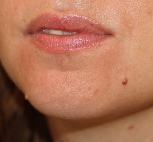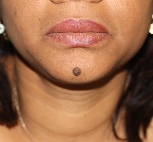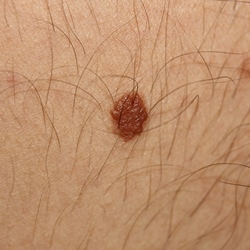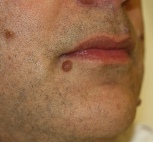What are Moles?
Moles are common skin growths. They can appear on the skin of almost everyone. Moles start to grow on the skin in the first 30 years of someone’s life. Moles are round in shape, have a smooth texture and vary in colour. The colours range from black, brown, reddish, flesh and even blue! This is because of the melanin or your body’s pigments that gives your skin, eyes and hair its colour.
An average human being will have over 10-40 moles on their skin in their lifetime. There are several types of moles. The most common ones are listed below.
What causes moles?
Moles often occur on their own as a part of a natural course that the body goes through. Some moles are already present on your skin when you were born and most of them; you will develop as you age.
Moles are the end product of melanocytes not being able to spread equally across the skin and in turn, they develop in bunches which ends up being the mole. Moles can be found in any part of the body but they are most often found in the areas that are always exposed to direct sunlight.
Are moles harmful?
Most of the time moles are benign and safe. However, certain moles can be cancerous or are indications of an underlying health disorder. You will be able to tell this by carefully examining your moles.
What to look for:
- Look out for any abnormal colour or shape.
- If you notice a change in the size of your mole, e.g. it started to be bigger quite suddently
- Obvious discoloration inside the mole itself
- Discharge e.g. pus or blood that is coming out of the mole
- Pain or discomfort
If there are any concerns, you should get it checked by your doctor. There are very rare instances when moles undergo a change and become cancerous, turning into a malignant melanoma. This is a dangerous form of skin cancer and your GP should refer you swiftly for treatment on the NHS.
Cosmetic concerns
More often, the major concern about moles is their appearance. Particular issues include:
- Facial moles
- Large moles
- Those very visible (i.e. not hidden by clothing)
- Raised moles
- Hairy moles
Most private mole removal is done to address concerns such as these.
Mole Gallery
Types of Moles
Compound Melanocytic Naevi
These types of moles are normally protruded from the skin and hairy in some cases. It’s difference from the dermal melanocytic naevi is that it is darker in colour, often times appearing light brown.
Dermal Melanocytic Naevi
These types of moles are normally hairy. They are protruded from the skin and are often pale or flesh in colour.
Dysplastic or Atypical Naevi
These types of moles are also known as Clark Naevi and do not look like typical moles. They are often larger in size that come in a wide variety of colours. They can either be flat or protruded from the skin.
Halo Naevi
The halo naevi is a type of mole that looks as if it has a halo around it because of the lighter skin that surrounds the mole.
Junctional Melanocytic Naevi
These types of moles are normally circular in shape, fla on the surface and light to dark brown in colour.




